
In today’s rapidly evolving world, computational design is revolutionizing design disciplines by solving complex design challenges, and driving innovation with advanced technologies.
Computational design refers to advanced design techniques that leverage computer algorithms and digital technologies to create complex, intricate, and innovative designs. Unlike traditional design methodologies that rely heavily on manual drafting to implement design, computational design captures programming and automation processes, helping architects and designers to achieve innovative solutions.
At its essence, computational design combines creativity with computing, enabling the use of methods such as parametric modeling, generative design, simulation, and digital fabrication. Computation has dived deep within the architectural and design-related disciplines, where precision, efficiency, and innovation are key.
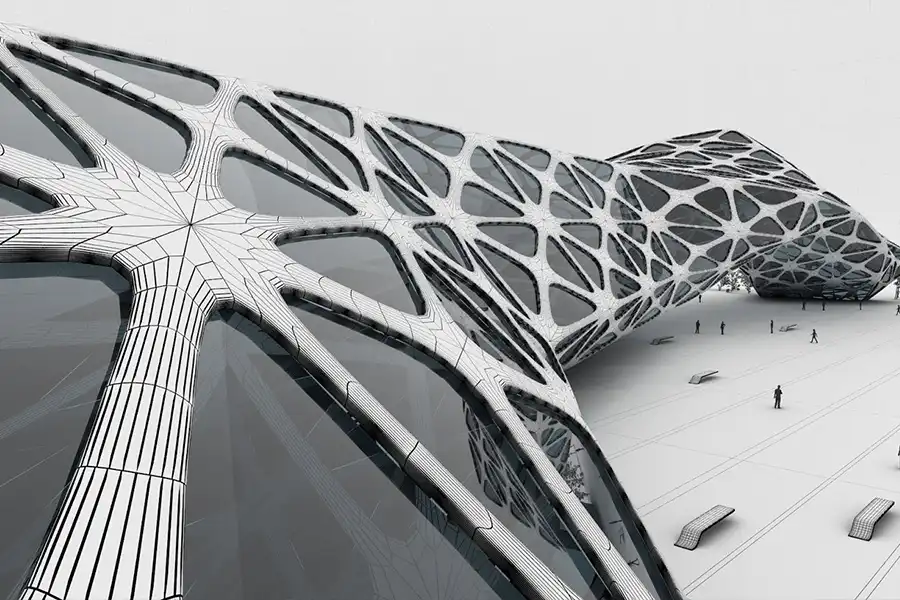
In today's fast-paced and technology-driven world, computational design is essential for accelerating innovation and enabling smarter, data-driven design solutions. Contemporary projects require tools that can process large amounts of data and optimize designs based on inputs related to sustainability, cost, and performance.
With industries facing increased pressure to deliver faster, smarter, and greener solutions, computational design is transforming the way we approach problem-solving, making it more efficient, flexible, and forward-thinking.
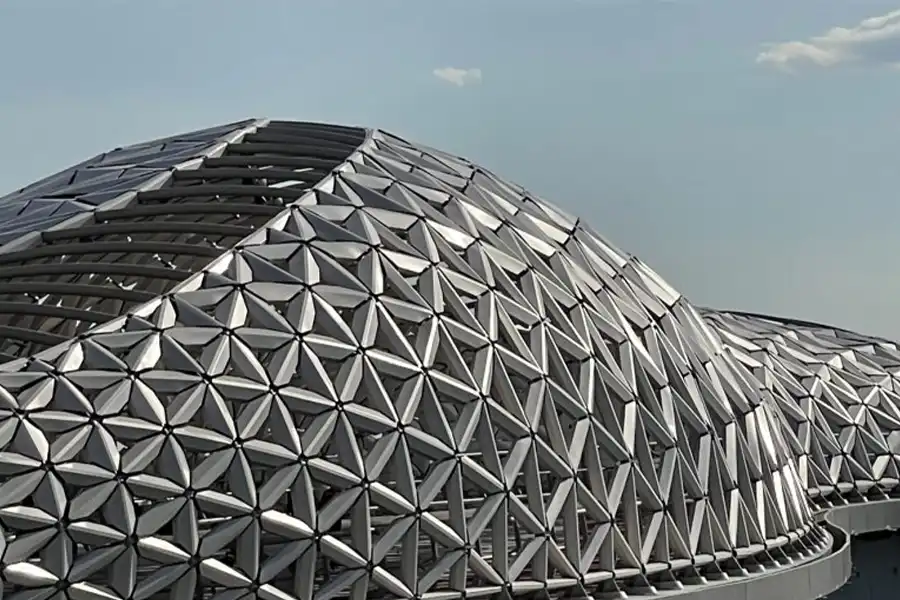
Computational design offers an extensive list of advantages that empower architects and designers to push creative boundaries and achieve higher levels of precision and efficiency. By harnessing advanced algorithms, automation, and data-driven processes, computational design transitions traditional workflows into dynamic, adaptable systems. Below, we explore impactful benefits that make computational design an essential tool for modern design professionals :
Computational design enhances productivity by automating repetitive design workflows, such as drafting and standard modeling, through the use of parametric design. This frees up creativity for more complex challenges, speeds up design processes, and minimizes human error in mundane tasks, ensuring consistency throughout the process.
One of the great advantages of computational design is its ability to streamline consistency and accuracy aspects in design processes as well as the production phase of the process, through parametric control, digital fabrication accuracy, and intricate data effects on the designs. This helps to reduce errors in production, leading to higher design quality.

Traditional design methods faced significant challenges in creating intricate and organic shapes due to the limitations of manual processes. Computational design enables the effortless generation of complex geometric forms by implementing parametric and generative modeling methods.
Digital fabrication methods, in turn, allow for the physical production of such complex designs, enabling architects and designers to push creative and innovative design approaches.
Looking to learn more about digital fabrication? Check out the PAACADEMY course “3D-Printing Ceramics: Advanced Digital Flow” that provides insights into utilizing computational design workflows for 3D printing ceramics.
By integrating complex data into the design process, such as form performance through massing volume and physical effects, computational design enables performance-based outputs. Through computational design, architects and designers are capable of simulating and analyzing multiple scenarios to optimize their design accordingly. Looking forward to getting hands-on? Check out the PAACADEMY course “Radical Net-Zero Building,” which delves into the process of implementing analysis tools to optimize building forms.

Parametric and generative methods of computational design enable rapid design prototyping for architects and designers, allowing them to quickly test variations and explore alternative design concepts without manually producing such iterations. This process streamlines the design experimentation and exploration process for architects and designers, helping them to find the optimum options.
![© rat[LAB] Studio](https://paacademy.com/storage/media/10-benefits-computational-design-for-innovation-6.webp)
Computational design enhances design communication by creating data-rich, visual designs that make complex ideas more understandable across teams. With computational methods of parametric and generative design, architects and designers can view design changes instantly, reducing visual misconceptions.
By integrating computational design tools, processes such as design checking, revisions, and collaborative work are streamlined, resulting in a smoother design process from conceptual to other design phases.
Computational design plays a crucial role in incorporating environmentally responsible parameters into the design process. By simulating energy consumption, material efficiency, and waste production, architects and designers can make informed design decisions that reduce environmental impact. These simulations enable the early integration of sustainability goals into the design process.
Looking to explore the intersection of parametric design and eco-friendliness? Check out the “Eco-Parametric Structures - Studio Mamou Mani” that dives into designing parametrically-driven timber structures.
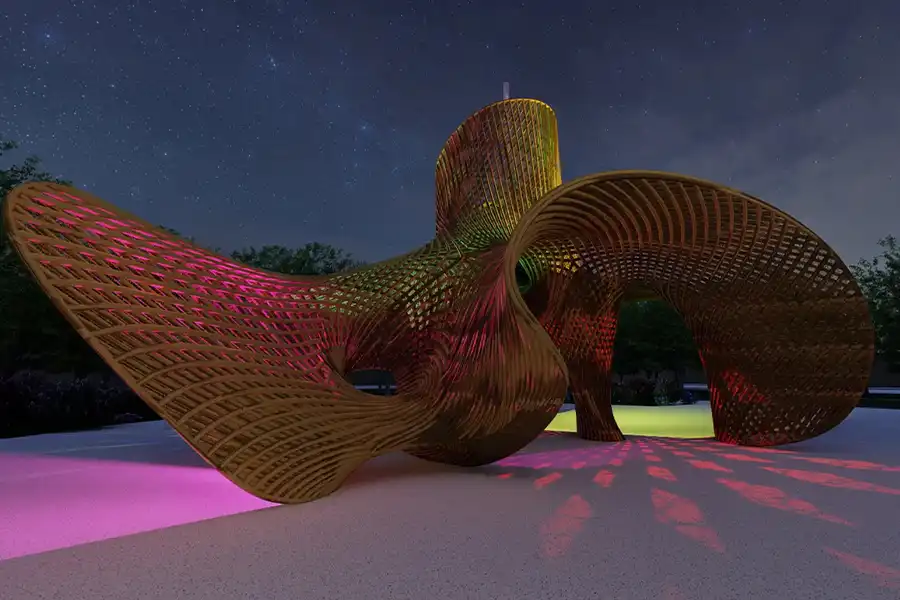
Computational design significantly contributes to cost savings across multiple phases of a design process. By reducing human errors through automated and parametric workflows, it minimizes the need for costly design revisions. Additionally, material optimization tools help avoid excessive material usage, which directly lowers production costs.
Simulations and performance analysis tools also help architects and designers to track structural or form-related issues; these tools further lower operational costs.
The practical flexibility that computational design methods provide encourages experimentation beyond traditional design boundaries. By exploring unconventional forms, novel materials, and cutting-edge technologies, architects and designers can develop creative design solutions. Ready to start implementing parametric design for open-ended design interpretations? Check out the PAACADEMY course “Parametric Explorations of Suggestive Design” for more details.
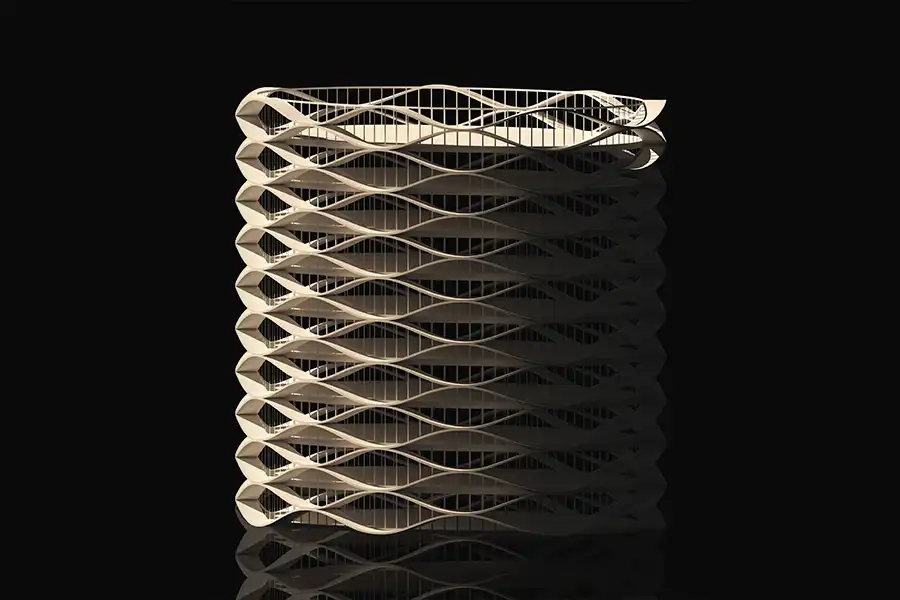
With the rapid advancement of artificial intelligence, generative AI, and machine learning, computational design is uniquely fitting to evolve in parallel with these technologies. These tools can be seamlessly integrated into computational workflows to enhance the design process, automate decisions, and unlock new levels of innovation. Several pioneering design experiments already combine AI with parametric and generative design techniques, showcasing how this synergy can evolve new, advanced, and data-driven workflows.
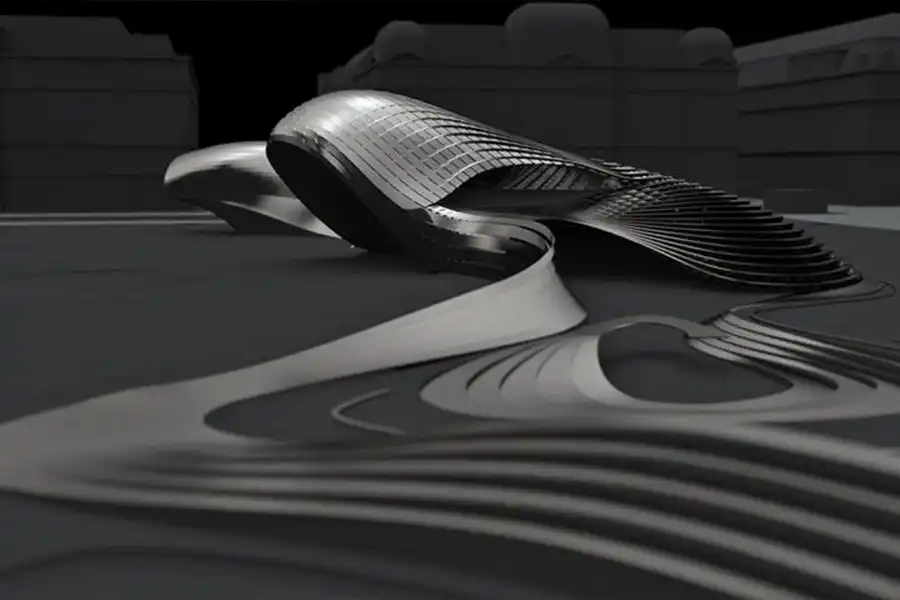
Computational design is revolutionizing architecture and design disciplines by streamlining workflows, enhancing precision, and unlocking new levels of creativity. As emerging technologies like AI, machine learning, and generative AI evolve, computational design holds immense potential for seamless integration, driving even greater innovation through advanced, data-driven approaches.
You must be logged in to comment.